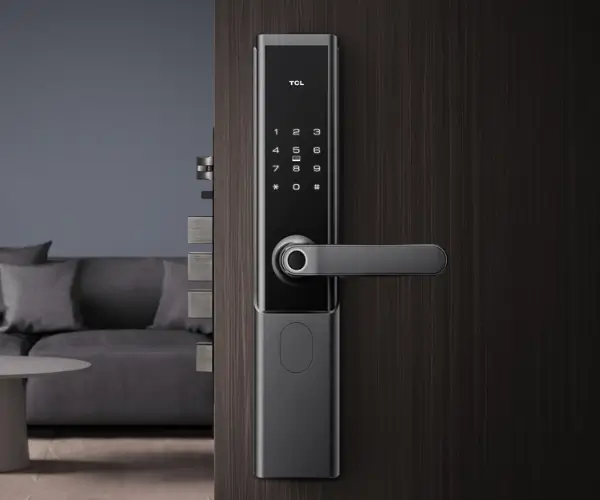When it comes to modern software development, embracing microservices is a game-changer. One powerful tool that helps streamline this process is Spring Boot, which, when combined with Eureka, provides an incredibly efficient and scalable solution. But how exactly do these pieces fit together? Let’s break it down in a way that’s easy to understand and practical for real-world use.

The Magic of Spring Boot and Microservices
Microservices architecture has become a go-to choice for building complex, scalable applications. Unlike monolithic systems, where all components are tightly integrated, microservices break down a system into smaller, independently deployable services. This allows for better scalability, flexibility, and maintainability.
Spring Boot, a popular framework from the Spring ecosystem, makes it easy to develop microservices. It's lightweight, fast, and highly configurable. Whether you're building a simple application or a complex enterprise system, Spring Boot offers the tools needed to build robust microservices quickly.
However, one common challenge with microservices is service discovery. When different services in your system need to find and communicate with each other, it can get messy if they don’t have a way of automatically discovering each other. This is where Eureka comes into play.
What is Eureka?
Eureka is a service discovery tool from Netflix. It helps different microservices in your system locate one another without needing hard-coded addresses. This dynamic discovery process is crucial in a microservices architecture where services can be added, removed, or relocated on the fly.
Think about it like this: Imagine you’re hosting a huge party with hundreds of guests, and everyone needs to know where to find each other. Instead of printing a list of names and addresses (which would be a nightmare to update), you set up a directory service where everyone can check in and update their location. That’s basically what Eureka does for your microservices—keeps track of where each service is and lets others know how to reach it.
How Does It Work Together?
Let’s say you’re building a system where users can place orders, check inventory, and track shipping. You could break this up into several microservices, like Order Service, Inventory Service, and Shipping Service. Each of these services needs to talk to each other, but you don’t want to hard-code their locations. Here’s where Spring Boot and Eureka save the day.
You configure each service as a Spring Boot application and then add Eureka support to register each service with the Eureka server. When a service wants to interact with another, it queries Eureka to find out where the other service is located. Eureka keeps track of all the available services, and even when the service moves to a different server or gets scaled up, Eureka knows where it is and provides the updated address.
A Real-Life Scenario: Why Does This Matter?
Let’s take a real-life example to make this more concrete. Imagine you’re running an e-commerce platform that handles millions of users, orders, and products. If your order service crashes or needs to scale, Eureka ensures the other services can still find it without disruption. Without service discovery, you’d have to manually update configurations and deal with service downtime whenever there are changes.
But with Spring Boot and Eureka, everything becomes seamless. Your application adapts to changes in real time, and your users never feel the impact of any underlying service adjustments. The system stays fast, responsive, and reliable—exactly what you need in a competitive business environment.
Conclusion
Incorporating Spring Boot with Eureka for microservices is a practical approach to building modern, scalable applications. This combination streamlines service discovery and ensures that your application remains flexible and maintainable as it grows. If you’re building a system where flexibility, scalability, and uptime are crucial, this setup is definitely worth considering. It takes the complexity out of managing multiple services, and with Spring Boot and Eureka, you’re well on your way to a resilient and efficient microservices architecture.
Established in 2005, Kpower has been dedicated to a professional compact motion unit manufacturer, headquartered in Dongguan, Guangdong Province, China. Leveraging innovations in modular drive technology, Kpower integrates high-performance motors, precision reducers, and multi-protocol control systems to provide efficient and customized smart drive system solutions. Kpower has delivered professional drive system solutions to over 500 enterprise clients globally with products covering various fields such as Smart Home Systems, Automatic Electronics, Robotics, Precision Agriculture, Drones, and Industrial Automation.




































